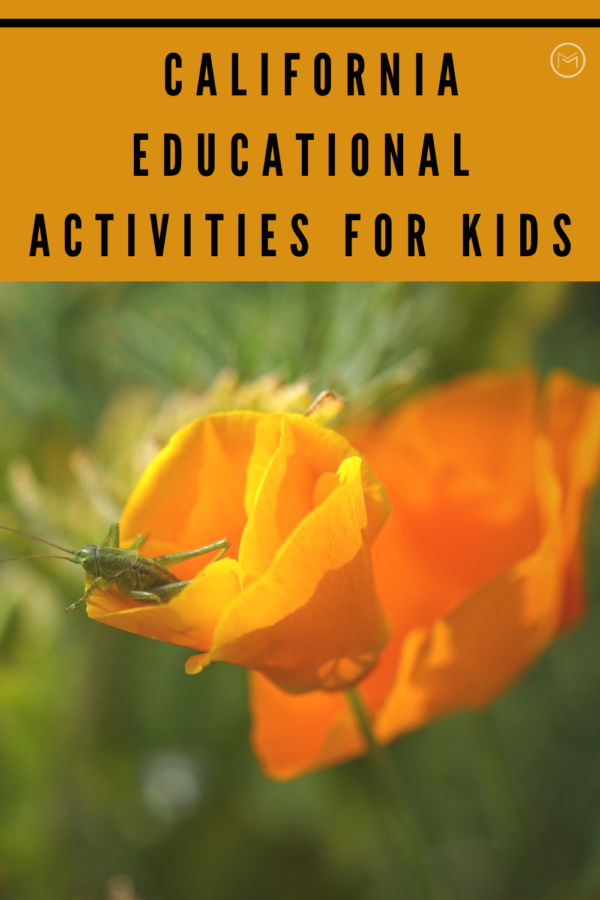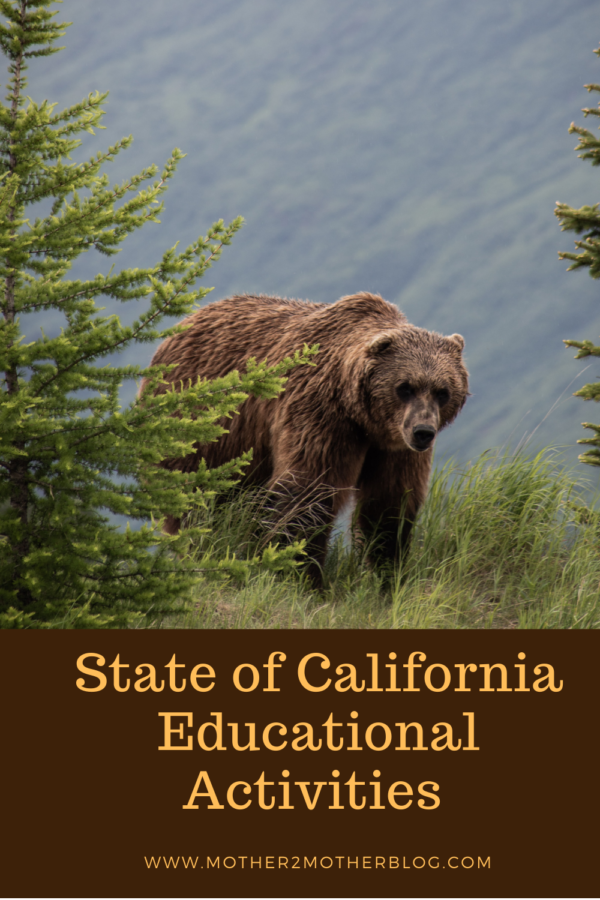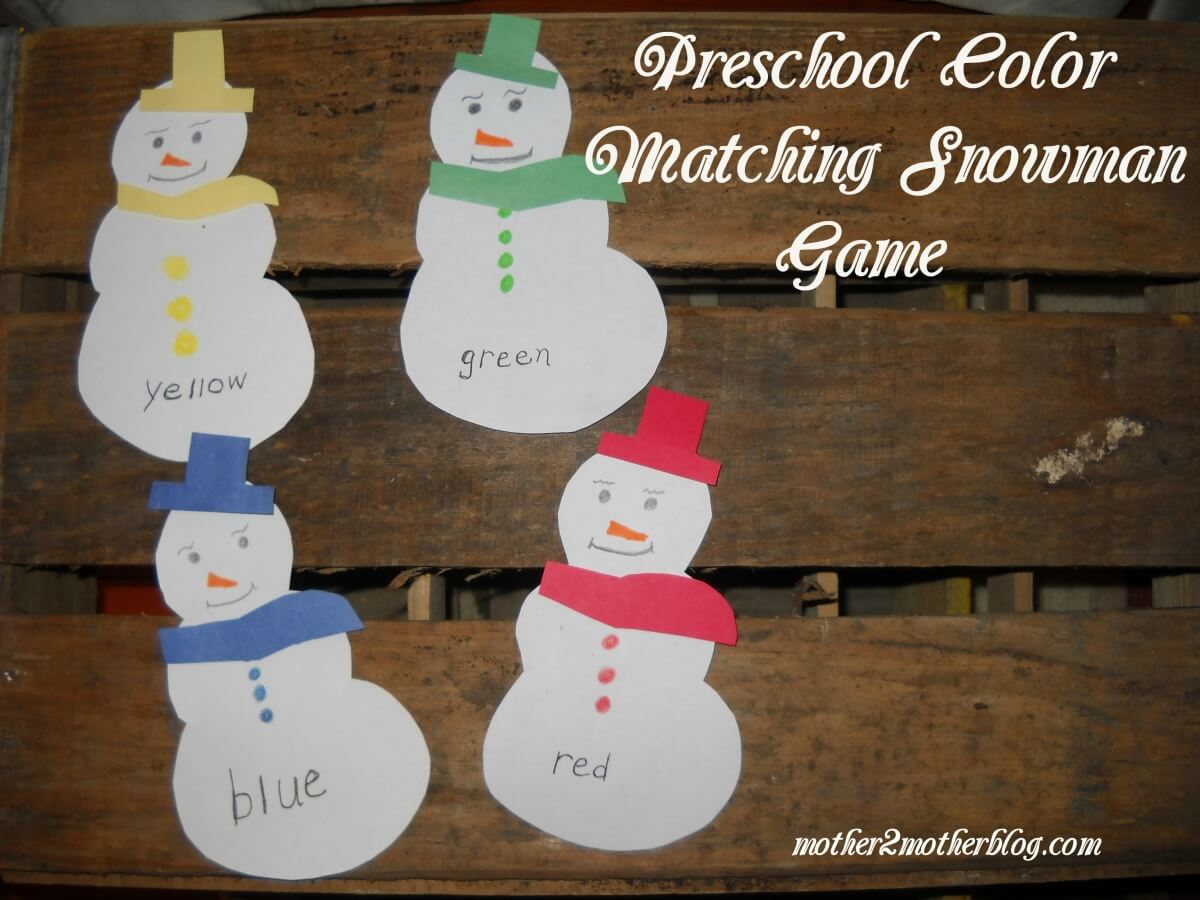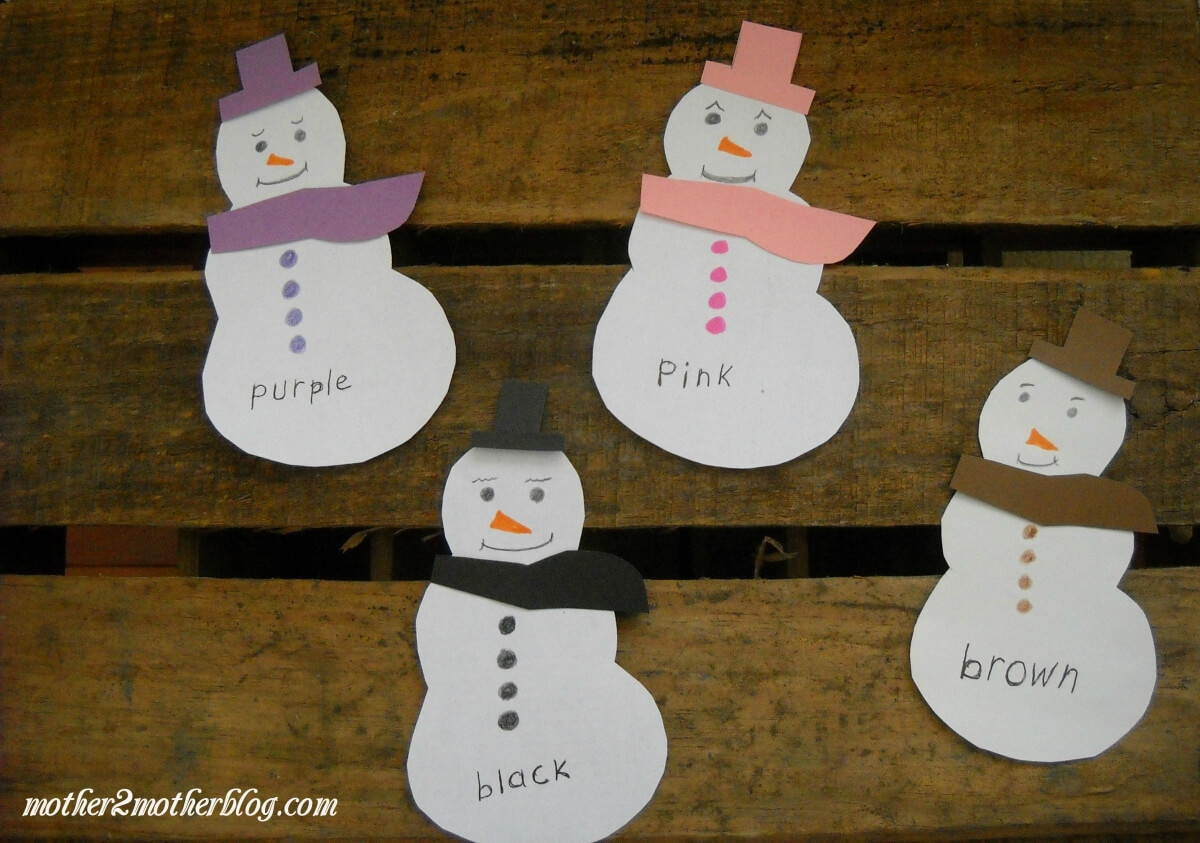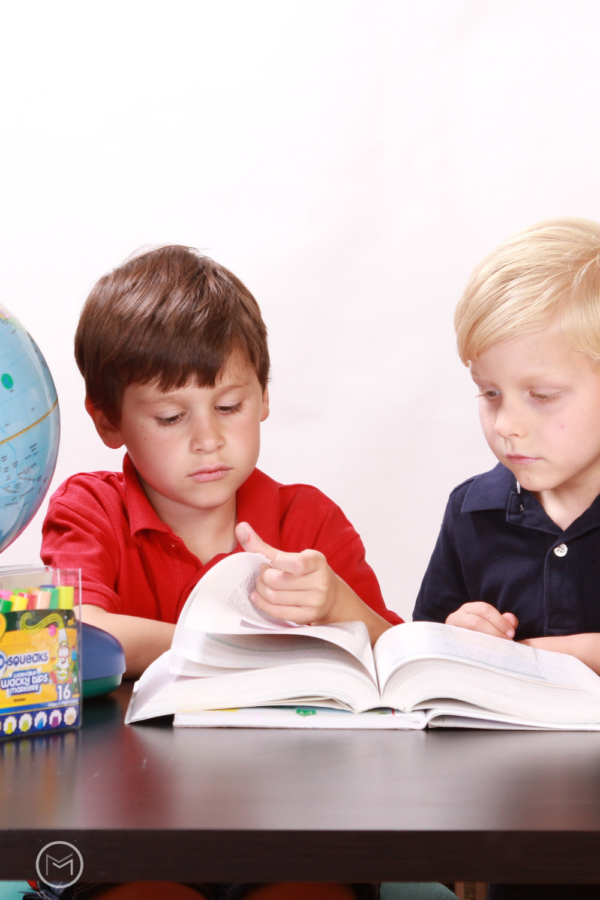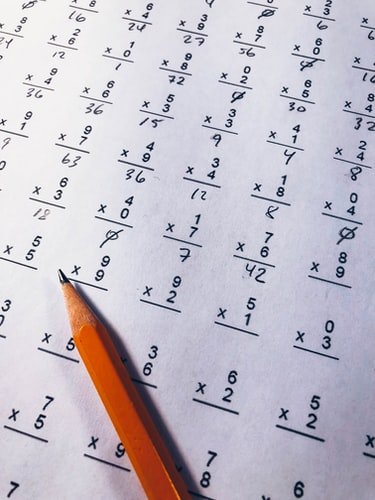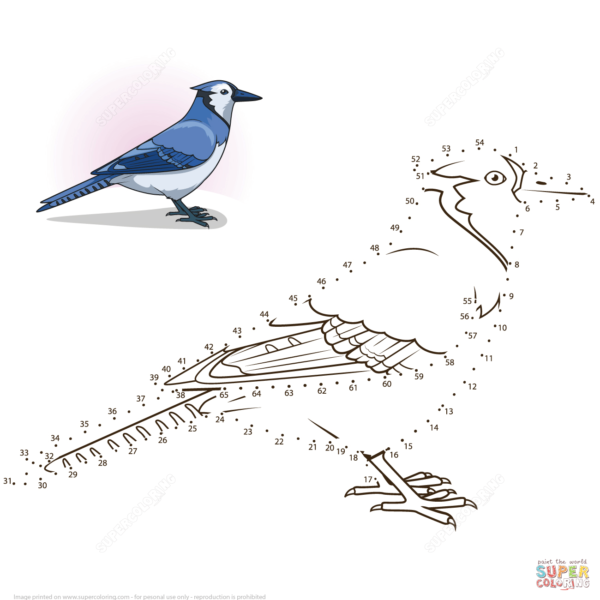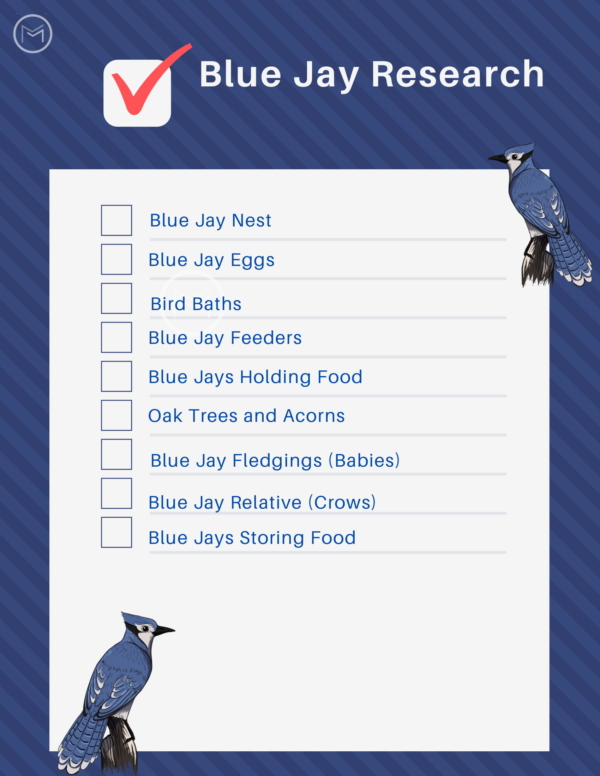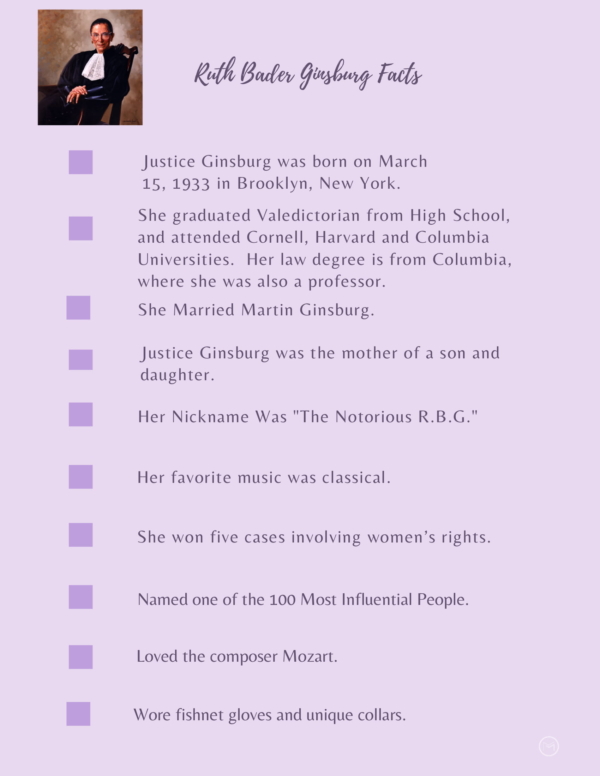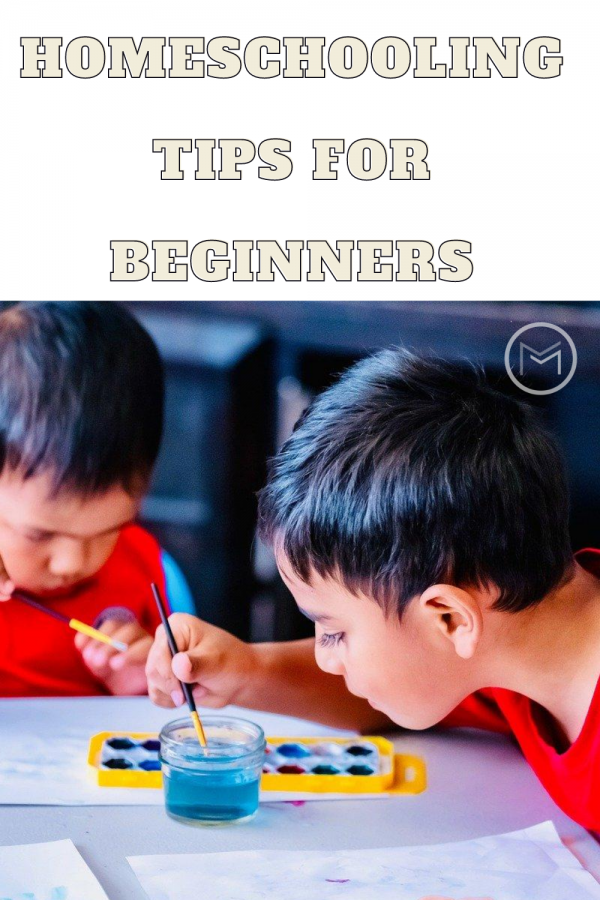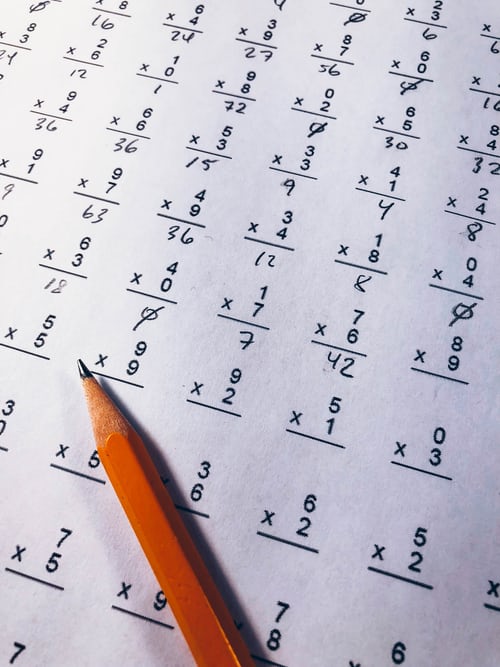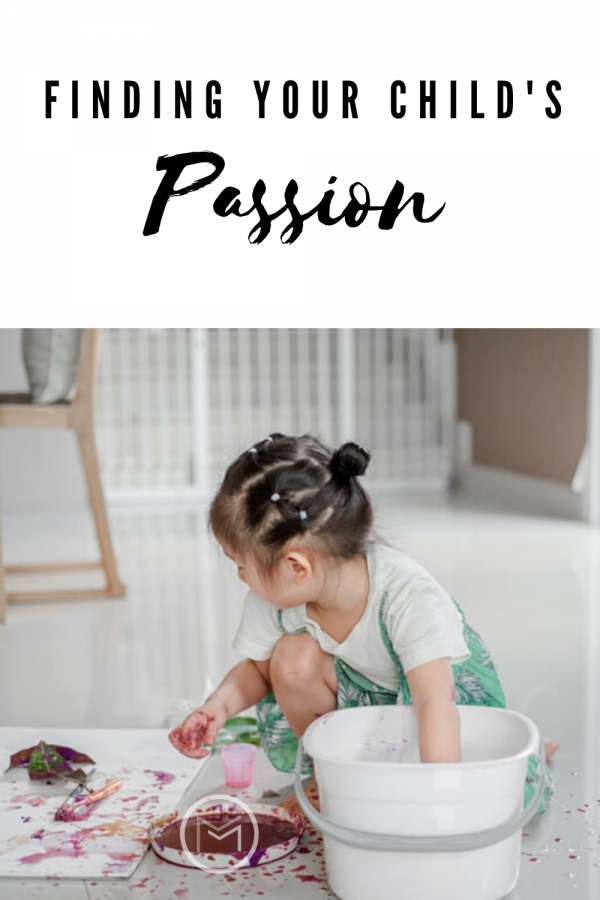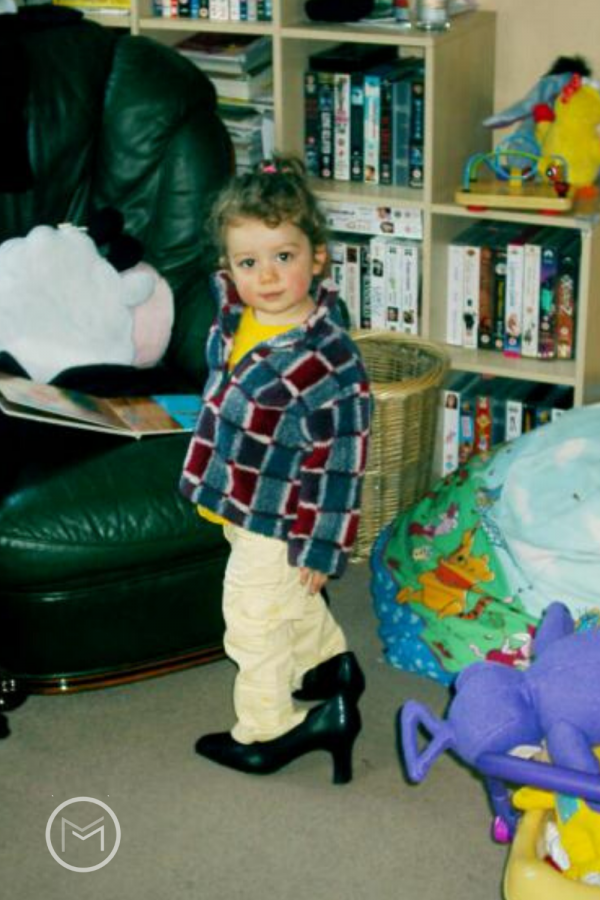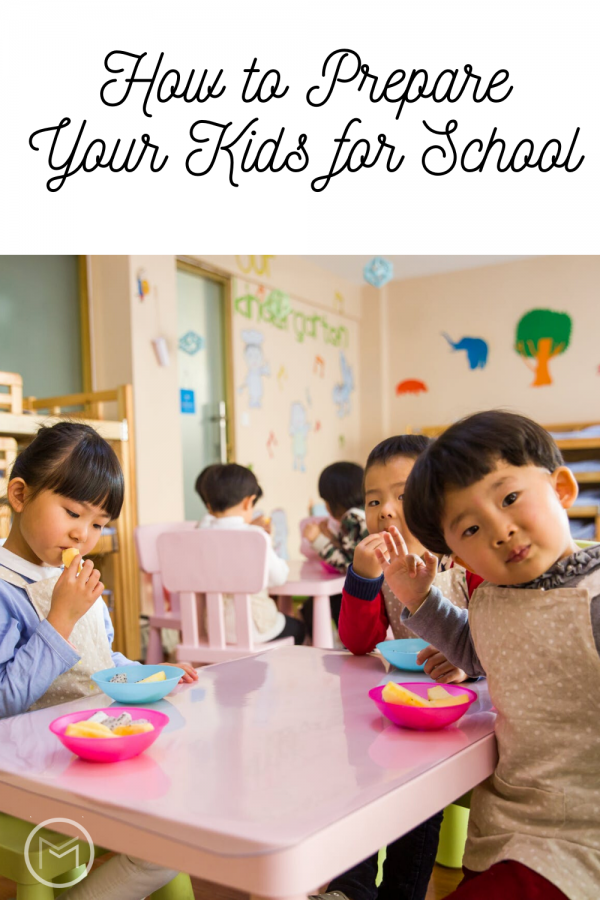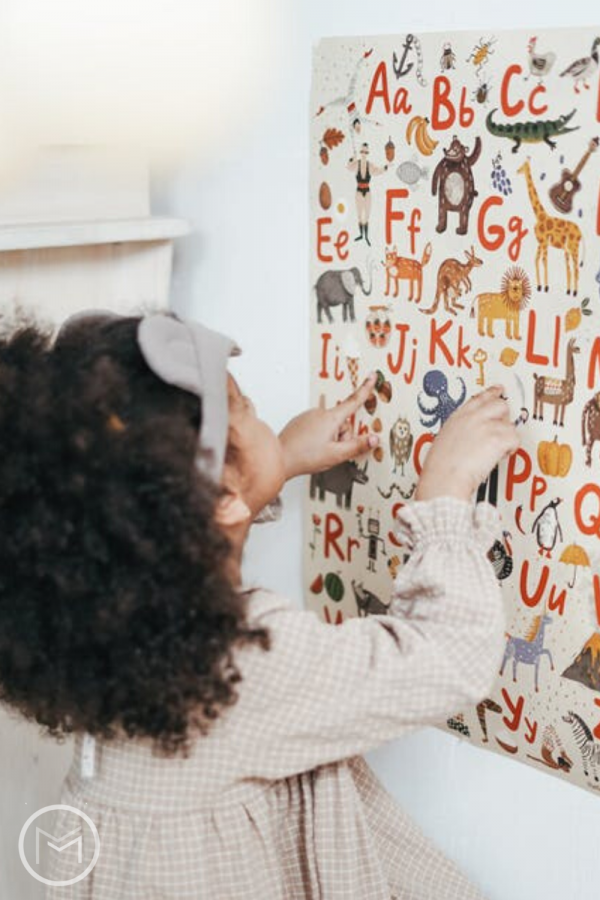Today, I’m sharing parenting tips on educational activities on Black History Facts. Our feature today is Bass Reeves, the original Lone Ranger. Many people remember the Lone Ranger TV Show played by Clayton Moore. He had a Native American partner named Tonto. The Lone Ranger rode a white stallion and wore a black mask.

Black History Facts About the Lone Ranger:
However, the original Lone Ranger was Bass Reeves. Reeves was born a slave in Arkansas. Bass’s mother worked in the kitchen, and his father was a house servant. Young Reeves worked in the cotton fields as a water boy. Bass Washington was Bass Reeves’ grandfather and namesake. However, he took his slave master’s surname. Which, wasn’t unusual during slavery.
Bass fled to Indian Territory (Oklahoma) after getting into a fight with his slave master. He lived with Seminole, Cherokee, and Creek Indians learning their language, customs, and tracking skills. Furthermore, he became a skilled marksman.
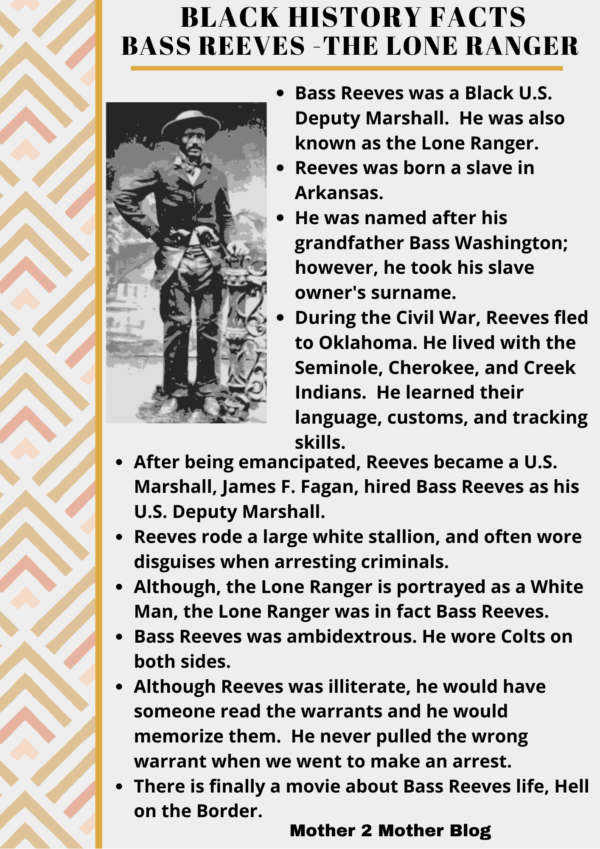
He purchased land in Arkansas once he was emancipated after the Civil War, and became a successful farmer/rancher. Reeves married Nellie Jennie and fathered 10 children with her. They had five girls and five boys. He made a good living as a rancher and as a horse breeder, and served as a guide for the U.S. Deputy Marshals searching for outlaws.
Furthermore, Bass Reeves was ambidextrous and became an expert sharpshooter from both hands. Historians said he never missed a target. He armed himself with a colt on each hip, and wore them with the butts facing forward. He was also an expert shooter using the Winchester rifle.
His life as a rancher would be interrupted by the law. Not in a negative way, but in a positive way. U.S. Marshall James F. Fagan hired Bass as a U.S. Deputy Marshall. Fagan had heard of Reeves’ reputation as a marksman. He also knew Reeves spoke several Indian languages and was quite knowledgeable of the territory. As a result, Fagan knew that naming Reeves as Deputy Marshal was the right step. He was the first Black to hold the title.

Although taking the position was dangerous, Reeves was up for the job. He stood 6′, 2″ and weighed around 200 pounds. He stayed in the position for 30+ years. Furthermore, Reeves wore disguises to capture many of his targets, and he never missed a target if the capture ended in a shoot out. Reeves captured over 3,000 criminals during his career.
Bass Reeves lost his first wife, and married a second time to Winnie Sumter. They had one child together, making a total of 11 children for Reeves.
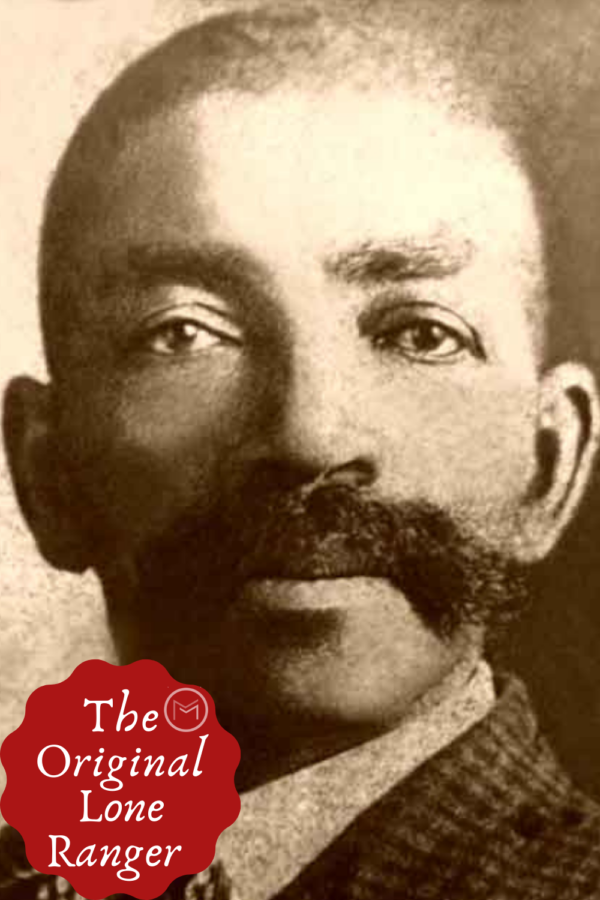
The history books have finally found a place for Bass Reeves. He was the first African-American inducted into the Great Westerners Hall of the National Cowboy Hall of Fame in Oklahoma City. Furthermore, he was inducted into the Oklahoma Law Enforcement Hall of Fame in 2010. He also has a bridge named after him, the Bass Reeves Memorial Bridge. Last, he has a bronze statue depicting him riding on a horse in Fort Smith’s Pendergraft Park.
Reeves great-great-great-grandson is National Hockey League player Ryan Reaves.
I’ve included facts in a Bass Reeves printable. It’s perfect for Black History Month homeschooling units or teaching your children about Black History. So, print my Black History Month kids printables for your kids. I’ve also included a crossword, fact sheet, coloring page, and word search puzzle. You can download them here.
